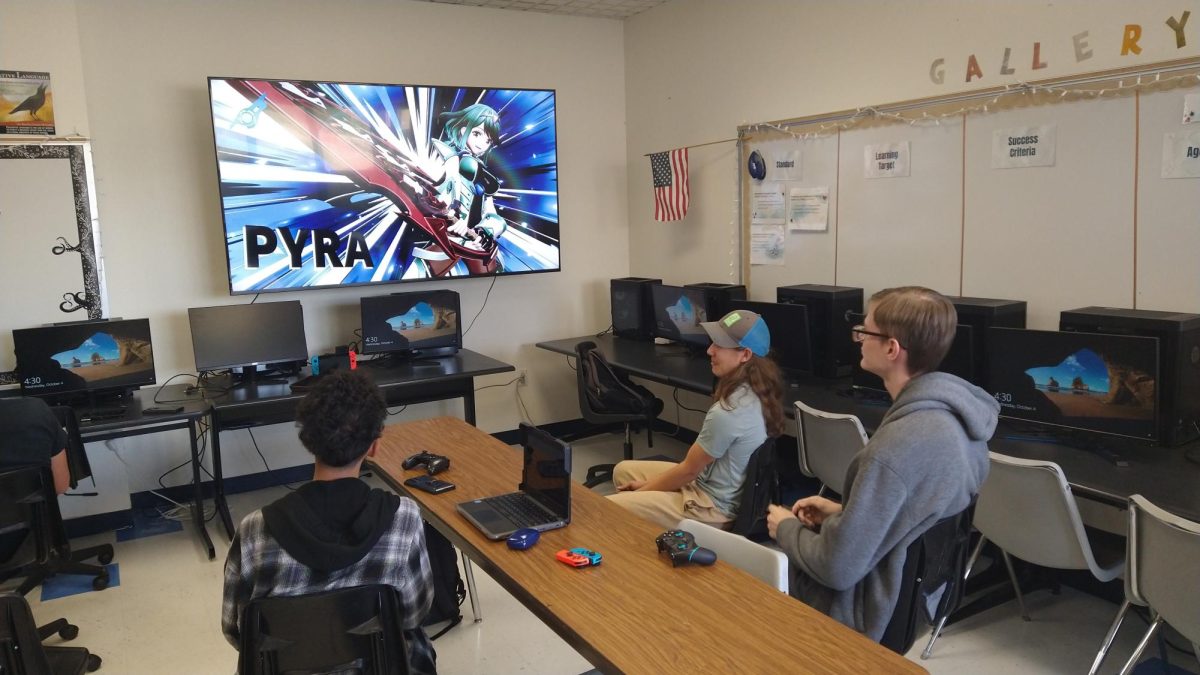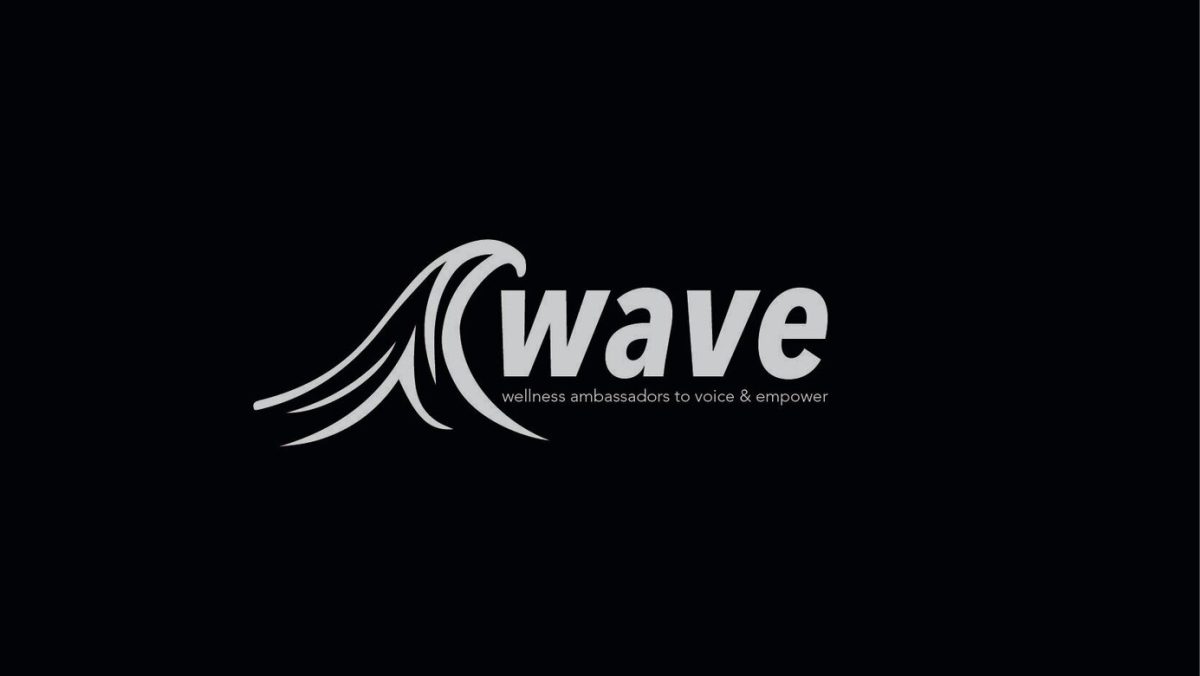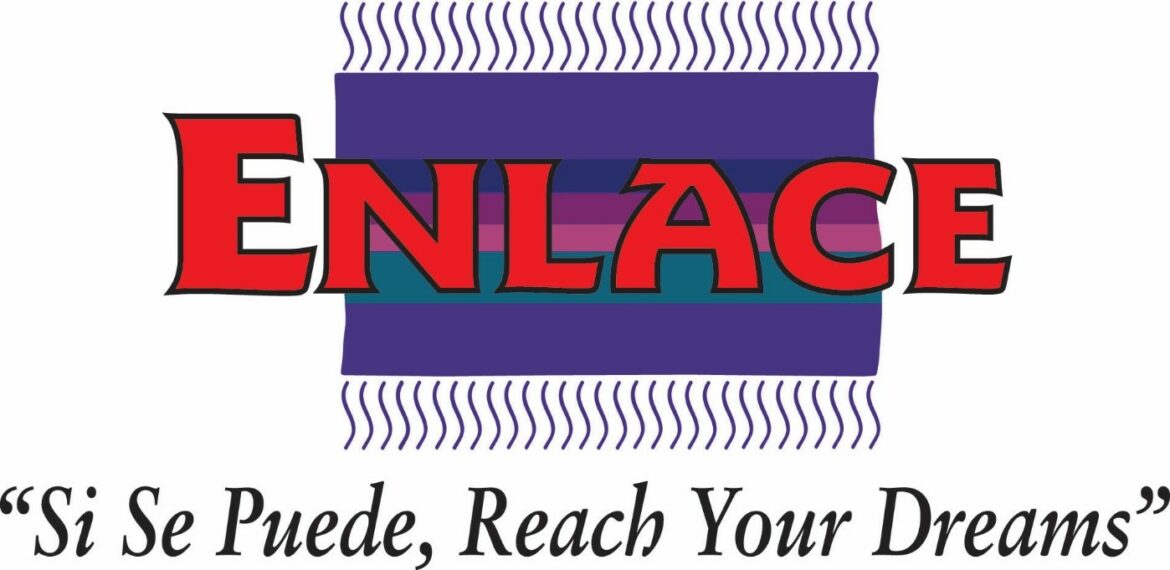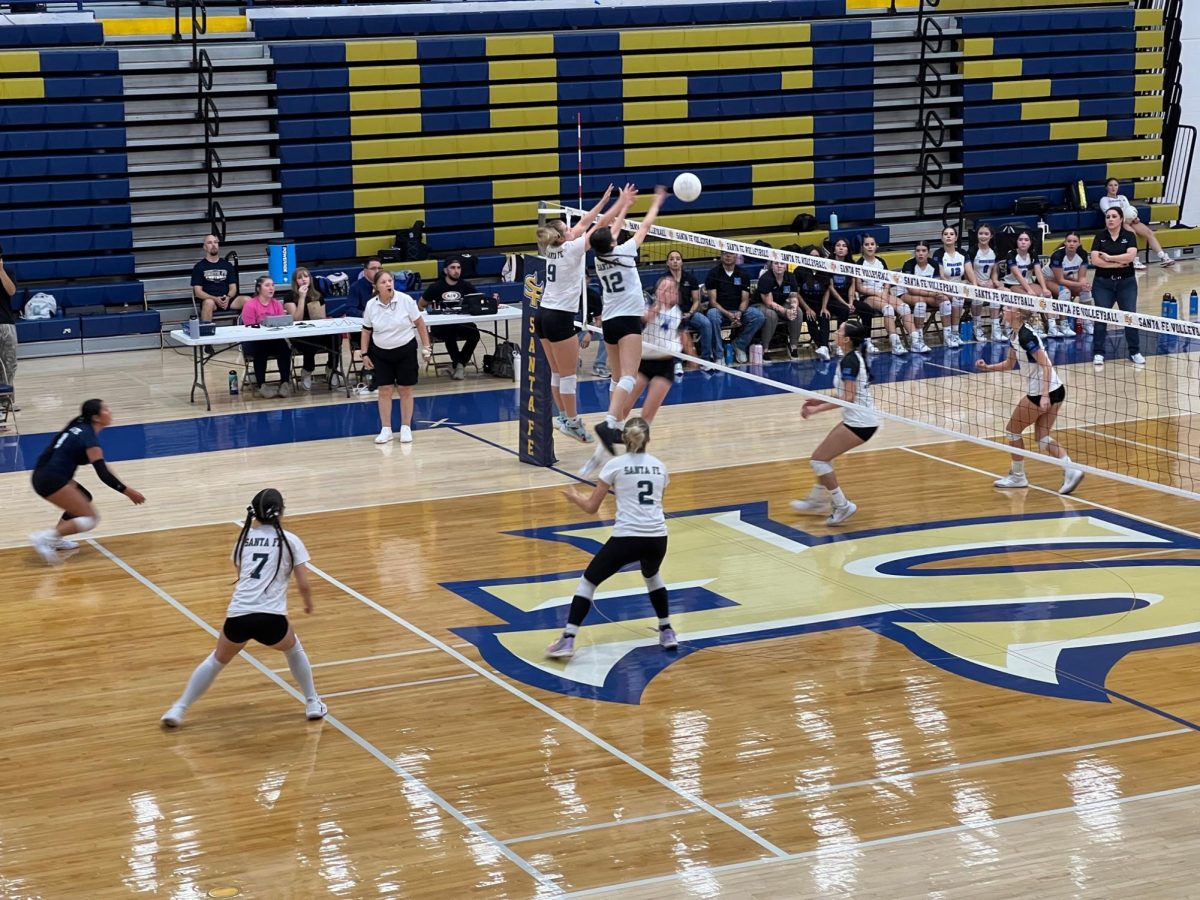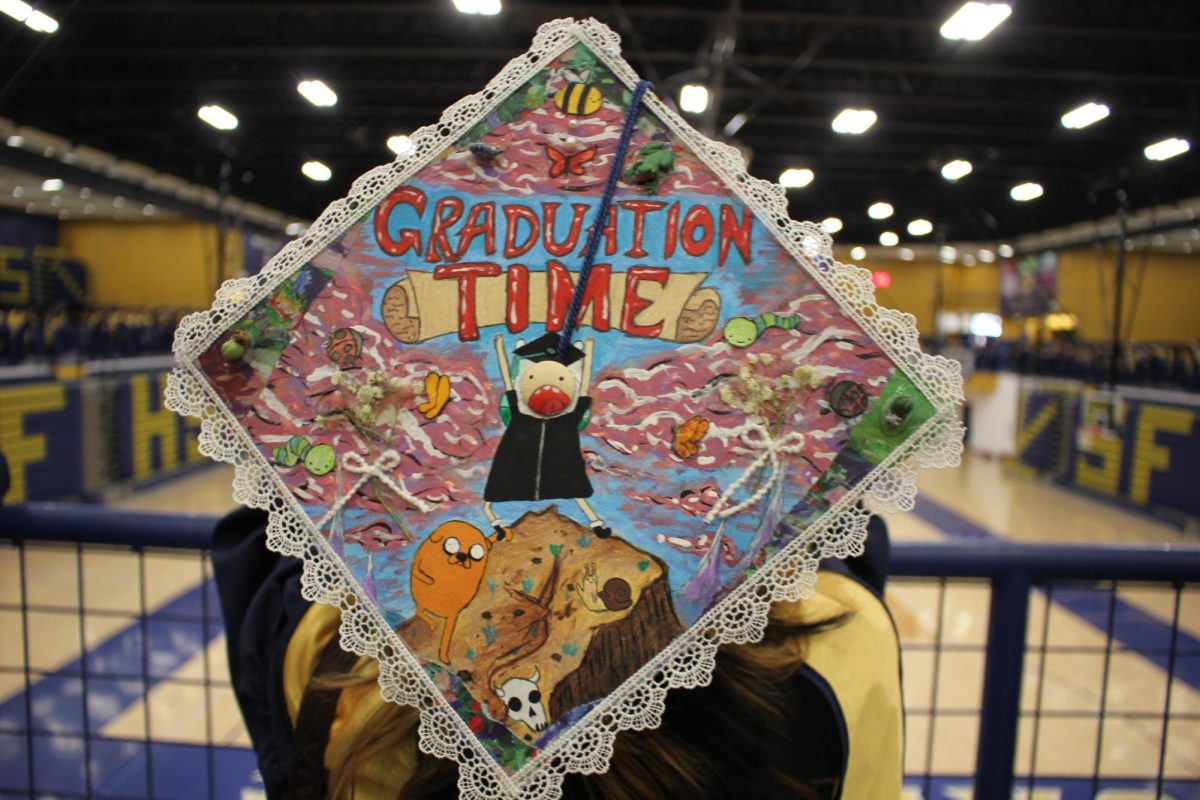Since the turn of the century brought us high-speed internet connections capable of transmitting information at more than a snail’s pace, countless new methods of human interaction have been established. Notable among these is online gaming, which had been rumored for nearly a century but only became possible less than two decades ago. It started with simple programs, chess simulations and two-dimensional first-person shooters but quickly advanced to full-scale worlds and independent, fully fledged economies. One of the most famous (or infamous) examples of this is Esports, which is highly controversial in its classification as a sport.
Unless screeching about homeland vs. glory chasers, sports are wonderfully communal and a usually lighthearted way to spend time sharing the thing one loves with family and friends. This communal nature comes mainly from the celebration that comes with it, as joy comes from seeing people at the top of their craft. Sports are enjoyed by schoolchildren and professional athletes alike, but that divide is where the spectacle originates.
So why are Esports treated any differently? Seventy-four percent of households have at least one person who calls gaming a hobby, and more than two thirds of Americans have played some sort of video game within the last two weeks, according to Truelist. Video games are a far more viable form of competition than most people might expect. Physical prowess is replaced with reflexes and on-the-spot decision making, similar to chess. There’s no reason to place intellectual sports in a different league than physical ones, which is why it was confusing that it came as a great surprise to the student body when tryouts were advertised on the Canvas announcement system.
In 2021, the New Mexico Activities Association officially collaborated with PlayVS to create a state-wide Esports division. PlayVS was founded by Delane Parnell in 2018, in California. Its goal was to bring Esports to high schools around America. Parnell believed that it was foolish to disregard them, as bringing this incredibly profitable industry into high schools would give a lot of students something to look forward to.
PlayVS is a matchmaking system for high school teams to compete against each other. All competition is filtered through online interaction, and PlayVS decides the rules to follow as well as how to connect. For Santa Fe High specifically, one match is fought by each team per week, after which another team is picked by an algorithm based on a variety of factors: proximity, skill rating, etc. Due to Esports’ still-growing fanbase, and freedom from the chains of physical space, schools that are in rotation are filtered through regions, not states. Most encounters are against Albuquerque High School, but it isn’t uncommon for the team to battle against teams from Arizona or Missouri.
The NMAA is the same body that authorizes every other sport in New Mexico schools, ranging from basketball to track and field. They are the ones in charge of budgeting, and the ones responsible for the 3 50” HDTVs currently occupying BC-004. Despite this, the district itself doesn’t seem to be treating the Esports team with the equivalent respect that was afforded to it by the NMAA.
The games currently in Santa Fe High’s potential rotation are Super Smash Bros. Ultimate, Mario Kart 8 Deluxe, Splatoon 3, Rocket League, Madden NFL, NBA 2K, Hearthstone, and League of Legends. Last year, however, the only teams that had enough members to compete were SSBU, Mario Kart, Splatoon, and Rocket League. Three of those games are only distributed through the world famous video game publisher Nintendo, which is infamous for its handling of competitive environments.
To this day, SSBU and Mario Kart don’t have dedicated servers (Splatoon is incredibly bizarre and hard to explain); they are handled through a peer-to-peer (P2P) network, where the game can only persist as each console transfers information to each other, rather than using a centralized relay point (client server). P2P networks are generally less safe than other forms of connection, but if the only thing they’re used for is Mario Kart, they aren’t likely to cause any damage. Despite this, IT administrators have disabled P2P networks when using the school’s guest WIFI, making it literally impossible for three of the main sports teams to play without actively breaking the rules of competition.
A simple analogy: Imagine that a basketball had the school’s name on it, so basketballs are banned on campus to protect privacy, but the basketball team is still expected to compete while using a cabbage.
While Esports are considered regular sports according to the NMAA, the people in charge of choosing what sports are, they are still argued against by students trying to build school spirit through traditional sports.
Currently, Esports takes place in BC-004, but as of Sept. 18, it is being rearranged for a new teacher, as it was previously run by the late Ms. Salazar. The English classroom isn’t built for audiences and hype nearly as much as the other sports, including the football stadium, soccer field, and gymnasium. And before anyone argues that Esports are disconnected from this kind of excitement, I’d invite them to observe major events outside of high schools. Just a few years ago, Texas built its famous Arlington Esports stadium, at 100,000 sq. feet, and then there is the Shanghai Esports Center, which cost nearly $900 million to build.
This lack of publicity can lead to digital athletes being overlooked, or actively disrespected. It doesn’t help that most of the games for competition are perceived as being designed for children. Despite the high school environment, some archaic law disallows some of the most popular Esports on the basis of their age rating from the Electronic Software Ratings Board (ESRB). Fortnite and Overwatch 2 are both incredibly popular Esports at other high schools, but aren’t available here at Santa Fe High, due to their 13+ rating.
All of the above factors have caused such a hostile environment for anyone looking into digital sports that despite their popularity, only 19 people arrived for tryouts on Sept. 19, and with the first match on Sept. 26, Santa Fe High has a lot of work to do to bring our Esports team to the competitive stage.
“Yes, most definitely,” was Splatoon 3 MVP Mariana Gonzales’ response to the idea that the Esports team has been subject to institutional neglect, during Sept. 22’s Activity Fair.
SFHS specifically was viewed less favorably on the topic of how they have handled Esports in the past, “Probably not that great to be honest, we barely got it approved last year.” But despite this pressure, the Esports team has begun the fight for greater representation this year, advertising tryouts on Canvas and setting up monthly hangouts for any student to come and play video games in a friendly environment.
A lot of progress has been made, but there’s still a long way to go. “Esports embraces the competitive nature that is present in all other sports,” says Kate Gomez, coach of every Esports team and the school’s digital learning coach (more commonly known as the “chromebook lady”). She’s one of the school’s only permanent IT operatives, and she’s responsible for a lot more than most people realize.
Her organization of the Esports team sprouted from an awkward situation after the tragic passing of Julieta Salazar. But she’s made her commitment clear, spending a great amount of time on guaranteeing the team continues to survive so that in the future they might excel. Kate concludes, “We’re here to win!”


